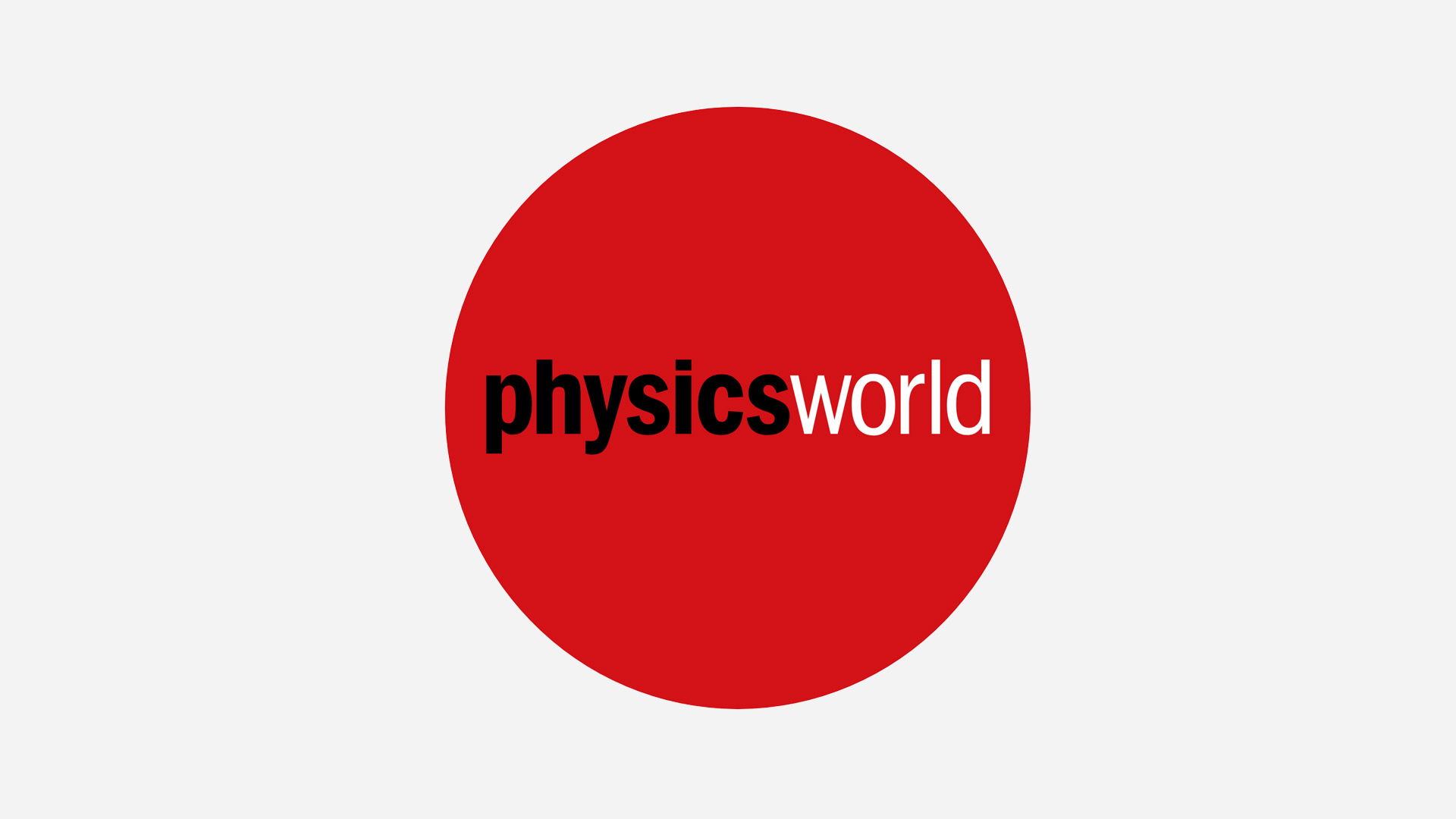Author
Array
(
[0] => linkedin
[1] => facebook
[2] => twitter
[3] => google-plus
[4] => youtube
)
Array
(
[0] => linkedin
[1] => facebook
[2] => twitter
[3] => google-plus
[4] => youtube
)
Array
(
[0] => linkedin
[1] => facebook
[2] => twitter
[3] => google-plus
[4] => youtube
)
Array
(
[0] => linkedin
[1] => facebook
[2] => twitter
[3] => google-plus
[4] => youtube
)
Array
(
[0] => linkedin
[1] => facebook
[2] => twitter
[3] => google-plus
[4] => youtube
)
No Author
Author archive

Physicists have tried for years to develop a beam of atoms that could be focused as easily as electrons and photons. The helium atoms are fired at 1 km/s through a micron diameter nozzle past a set of fresnel plates – concentric rings of material of varying thickness. As the beam passes the plates, the […]

The UK government has been trying for some time to incorporate private-sector practices into government-run research centres. AWE Management replaces Hunting-BRAE, who were awarded a seven-year contract to manage the UK nuclear programme in 1993. BNFL is expected to manage waste, decommissioning and “legacy clean-up” operations, Lockheed will control weapons and technology, while Serco will […]

As a water molecule is excited by the laser pulse, it can only drop back to a less excited state by releasing the excess energy. This energy causes the O-H bonds to stretch and vibrate. As the bonds vibrate they knock other water molecules, transferring energy to a different O-H bond. This energy transfer can […]

Almost 400 people took part in the PhysicsWeb poll, each one naming their top-five physicists. The votes for each physicist were added up and weighted according to how they were ranked by individual voters. This meant that Newton received a higher score than Einstein even though more people voted for the twentieth century physicist. In […]

Astronomers have argued about high-velocity clouds for over thirty-five years. Wakker and colleagues detected ionized sulphur in one such cloud using the Hubble Space Telescope. According to their calculations, the abundance of heavy elements in the cloud is only 9% of that found in the Sun. This, says Wakker, strongly suggests that the clouds replenish […]

When charged particles move in a circle they lose energy through synchrotron radiation. However, muons lose much less energy that electrons or positrons because they are 200 times heavier. This reduces the power needed to maintain the beam against energy loss. The muons would be created from the decay of the pions produced when a […]

The number of papers published by Chinese scientists in journals monitored by the US-based Institute for Scientific Information has grown from 3475 in 1983 to 10 033 in 1997. However, the proportion published in Chinese journals has dropped from 43.2% to 17% over the same period. The reason, say Ren and colleagues, is that Chinese […]

The team studied the radioactive decay of germanium 76, which cannot occur by normal beta decay in which one electron and one antineutrino would be emitted. The nucleus can, however, undergo double beta decay, which is extremely rare. This “neutrinoless” mode is only possible if the neutrino has mass and is its own antiparticle. The […]

The HFBR had become trapped in a economic and political battle between the Department of Energy and the US congress, with the latter refusing to release funds to restart the reactor. Moreover, it was costing $23 m per year to keep the reactor in standby mode. The high cost of restarting the reactor, and the […]

Eckermann and Preusse analysed data from the cryogenic infrared spectrometer and telescope for the atmosphere (CRISTA), which was flown on the Space Shuttle Atlantis in 1994. They discovered that the gravity waves caused by the flow of air over mountains can exist as high as 45 km, which is well into stratosphere (Science 286 1534). […]
Copyright © 2025 by IOP Publishing Ltd and individual contributors
